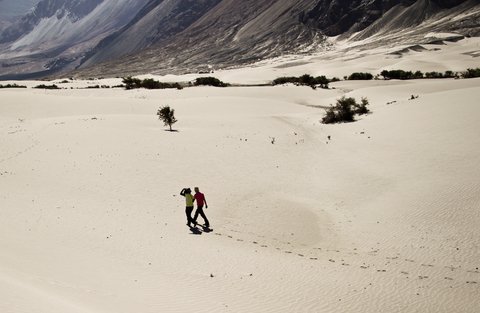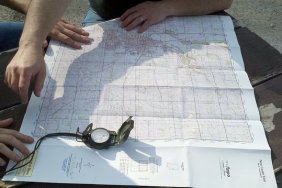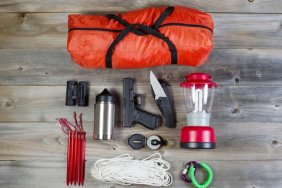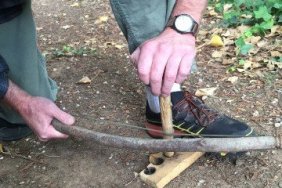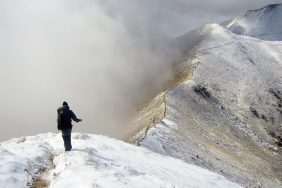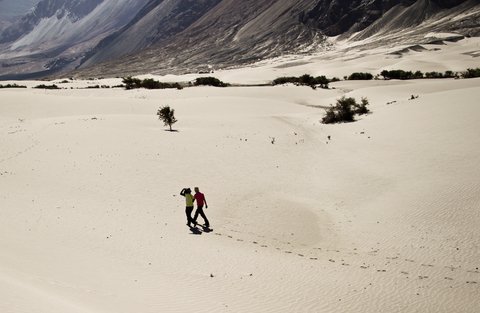
Let’s face it, our earth is warming. Without getting into the science, it appears the earth will keep getting hotter. If you’re like me, you’ll get out and do what you love, regardless of the weather. Nothing can keep me from the outdoors.
I had quite a rude awakening, however, last week when I went out camping. I got overheated, but lucky for me I am trained in recognizing and treating heatstroke. The thing is that it caught me when I least expected it. Without my training and knowledge, it might have been a whole lot worse considering that I was deep in the forest in an area that had very limited access and no cell service.
Hyperthermia is the opposite of hypothermia and results when the body core temperature rises above 104 degrees fahrenheit. It can sneak up on you and can become life-threatening if you don’t act quickly. Part of the acting quickly part boils down to recognizing the symptoms.
There are two types of Hyperthermia; exertional and non-exertional. The first comes from vigorous activity (which is more likely with outdoorsmen) and the second applies to the “at risk” group including the elderly, children, or people with health issues. Either way, it’s a bad deal.
The first stage of hyperthermia is known as heat exhaustion and unfortunately some hardcore types of outdoors men and women try to push through it. Distance runners, cyclists and even fast hikers are prone to heat exhaustion. If caught in time, it is easy to read but when it turns into hyperthermia (heat stroke), it can be permanently damaging, even fatal. Here’s a few quick tips to look for at the onset of heat exhaustion.
As the body temperature rises above normal, you may experience headache, nausea, vomiting, muscle cramps and fatigue. You may even notice that you aren’t sweating anymore,or are sweating profusely. These are warning signs. If it’s hot, you’ve been exerting yourself, and you start to feel any of these signs, stop right away and take a break. Do a thorough self-check and drink some water. Believe me, you aren’t in so much of a hurry that you need to endanger your life.
Really give yourself some time to re-hydrate and rest. After 20 minutes or so, stand up and become completely aware of how you feel. If you don’t feel any better or symptoms are getting worse, it’s time to head back slowly to the car. Listening closely to your body can save your life.
If you or someone you’re with goes to the next level (heat stroke) you are in a potentially life-threatening situation and you need to take drastic measures immediately. Some of the symptoms of heat stroke are odd behavior, disorientation, stuttering, irritability and can worsen into hallucinations, delusions, seizures and even coma. By that time I’m afraid it’s too late if you’re out in the boonies.
At first sign of heat stroke, the most important thing you can do is to cool the body down from the outside. If there’s water around, this is the easiest and quickest way to initially treat heat stroke. You can use your water bottle (sparingly if you’re not near a water source) to douse the person with water. You should also find shade, remove tight or heavy layers of clothing, and soak clothing in water and place under the armpits, groin and the neck areas. It is especially challenging if you are in a remote area so use whatever you have available to cool the body down. Get to a hospital as soon as you can after initial treatment. Alcohol, drugs, medications, being overweight and even sleep deprivation can increase the chance of heat stroke. The key is to catch it in time and immediately cool down. Heat stroke is no joke.
